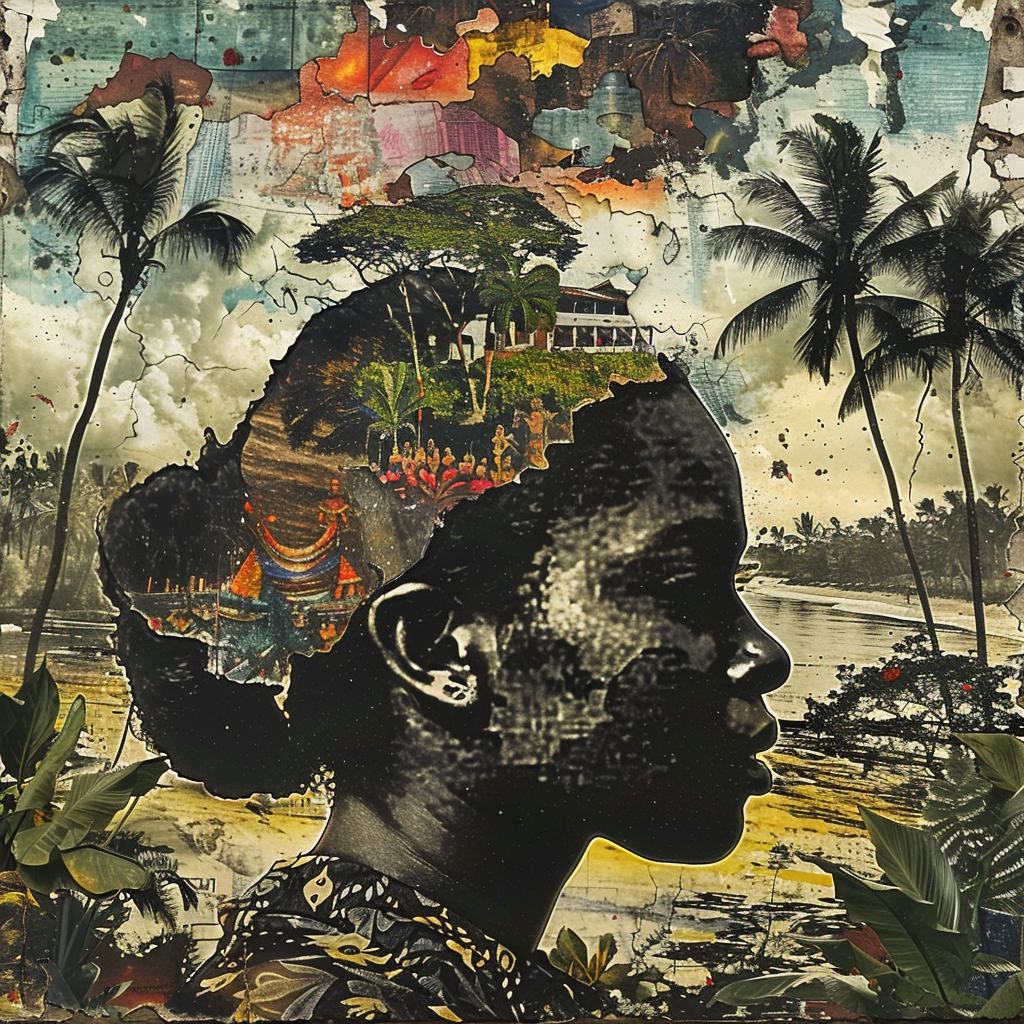Hey there, history enthusiasts! Today, we’re embarking on a journey through one of the most transformative periods in American history – the Civil Rights Movement. Get ready to dive into a story of struggle, resilience, and the fight for equality that changed the course of our nation.
The Roots of Injustice
Okay, let’s set the stage. It’s the mid-20th century, and despite the promises of freedom and equality enshrined in the Constitution, African-Americans in the United States are still facing systemic racism, segregation, and discrimination in every aspect of their lives.
Breaking Barriers in Education
But change is on the horizon. In 1954, the Supreme Court handed down a landmark decision in Brown v. Board of Education, declaring that segregation in public schools was unconstitutional. It was a watershed moment that paved the way for future battles in the fight for civil rights.
Taking a Stand
And so, the struggle continued. From the Montgomery Bus Boycott to the sit-ins at Woolworth’s lunch counter, African-Americans across the country began to rise up and demand justice, refusing to accept the status quo any longer.
Marching Towards Freedom
But perhaps the most iconic moment of the Civil Rights Movement came in 1963, with the March on Washington for Jobs and Freedom. It was here that Dr. Martin Luther King Jr. delivered his legendary “I Have a Dream” speech, rallying hundreds of thousands of people to the cause of equality and justice.
The Turning Point
In a pivotal moment, the culmination of tireless efforts within the Civil Rights Movement came to fruition with the enactment of the Civil Rights Act of 1964. This monumental legislation served as a beacon of progress, prohibiting discrimination on the basis of race, color, religion, sex, or national origin. It stood as a watershed achievement, signifying a significant stride forward in the ongoing struggle for equality and justice.
Legacy and Lessons Learned
The legacy of the Civil Rights Movement is still felt today – in the laws we have passed, the progress we have made, and the ongoing struggle for racial equality and justice. It serves as a reminder that change is possible when ordinary people come together to demand it, and that the fight for civil rights is far from over.
So, the next time you find yourself reflecting on the history of the United States, remember the brave men and women who stood up and fought for justice during the Civil Rights Movement – and let their courage inspire you to continue the fight for a more inclusive and equitable future.
Related Articles
- Contemporary African Politics and Conflicts
- Post-Colonial Challenges
- Apartheid in South Africa
- African Independence Movements
- Civil Rights Movement in the United States
- The Harlem Renaissance
- World War I and African Soldiers
- The Scramble for Africa
- The Haitian Revolution
- Abolitionism and the Fight Against Slavery



